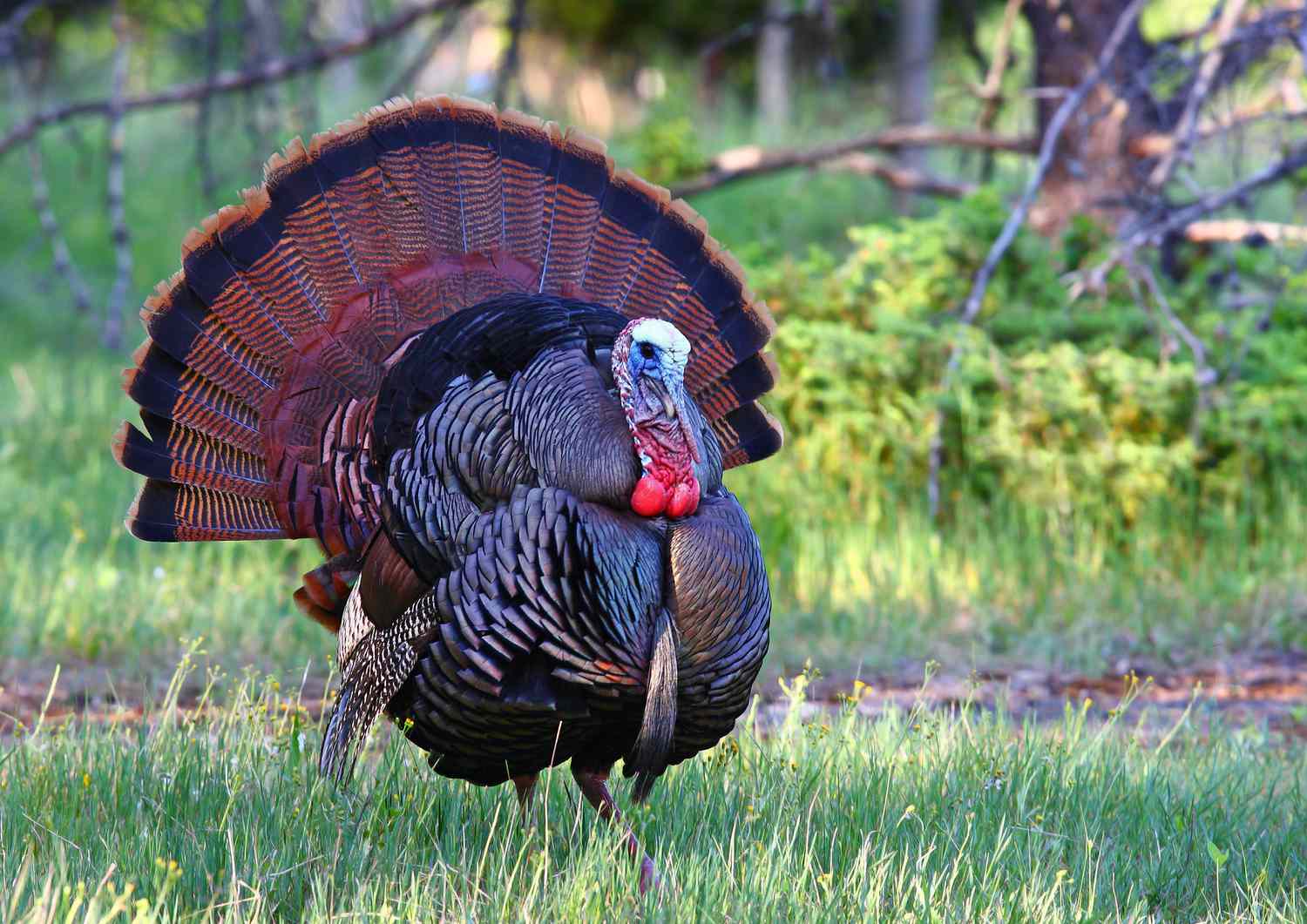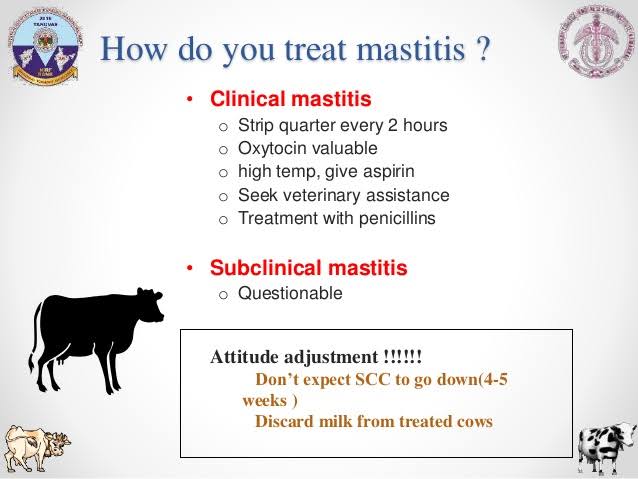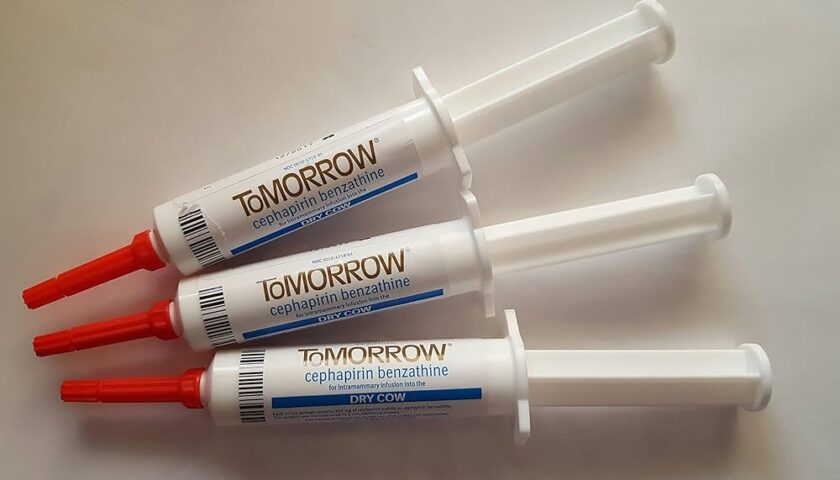BEST BREEDING OF TURKEY (Meleagris gallopavo)
The turkey is a large bird in the genus Meleagris, native to North America,The meaning of TURKEY is a large North American gallinaceous bird (Meleagris gallopavo) that is domesticated in most parts of the world
The consumption of turkey meat has increased in recent years and its stew is used to be eaten during various holidays such as Idd mbarak, Christmas and Easter. Its origin is central America where they were derived from the wild turkey. Most of the turkeys that are raised are hybrids, that is, from breeds such as the white ones from Holland and Beltsville, with a copper color. The weight of the big male turkeys is 11-14 kg and the females are 7 to 8 kg when alive. The small males weigh 7-8 kg and females 4-5 kg. In general, turkey farming continues to grow now than it has in the past.
PRODUCTION:
Males and females reach puberty at the same time which is the age of one year when they start mating but they are not mature. By the age of three years, females can lay eggs that can be hatched, if the male of that age will be rearing modern females capable of laying 90 eggs per year. But the local ones are only 20 eggs per year,
Males are larger than females and often hurt females with their claws in the process of mounting them. So we are advised to reduce the claws. One male is enough to fertilize 10 females, although they have a tendency to choose females, and one male can fertilize all the eggs produced by the females. Females are not expected to miss a male for more than three weeks so that the eggs can hatch. Otherwise the eggs may lack nutrients.
Females usually make their own nests for nesting, but the breeder can also make them for them. The place to raise the females can be made by building three pillars like a triangle and closing them on two sides using grass, sacks or mats. Do not put more than one male in one group of ten females because they tend to fight. Males should not be fat and chests too wide because they will fail to grow fully.
The light of the electric lamp makes the females lay eggs earlier and more. When the eggs are hatched, they should be cleaned with potassium permanganate which kills disease germs in the egg shell. It is good to use this medicine on the eggs of all birds that are reared before hatching. Turkey incubates eggs for 28-32 days and hatches on day 28-32. If the eggs are fertilized well by the male, and the brooding of the female is good, more than seven out of ten chicks will hatch. A chicken can be used to incubate turkey eggs.
BREEDING AND RAISING CHICKS
The rearing and rearing of chicks is similar to that of chickens, except that turkeys are more affected by cold and humidity. Heat sources should be used to increase the temperature.
– Raising for 4-5 weeks is enough, and it is done like for chickens. x Turkeys grow much faster than chickens so they need twice as much space as chickens. x The first to the fourth week they will need a space of 1 square meter for ten chicks x Week 8 to 12 6 ducks 1 square meter.
4-8 weeks 8 turkeys 1 square meter.
2 large ducks are enough for one square meter.
The temperature in the water should be 37.80 degrees C on the first day, up to 35.0 C at the end of the first week.
It then begins to decrease by 0.60C each day until room temperature is required. When they are 4 months old, they should be selected to be male and female for seed and those that will be reared for meat (sold). x Those who will be chosen to be parents should be fed more plant-based foods than those of meat because that kind of food makes them less fat, a quality that is not required in being parents. x It is not recommended to fill them in a small space because they will spread each other and spread diseases easily. FOOD AND FEEDING x Turkey chicks need enough light to see water and food as they are difficult to get used to food and water, if they have to start by dipping their mouths into food and water containers. x Chicks should be given crushed cereal grains mixed with milk. x Give them young leaves too, but cut them into pieces. One turkey needs an average of 280 grams per day. x Food and water containers should not be placed in dark or dimly lit places. x Food needs such as crushed grains to give them strength, oil seeds to give them heat, pulses, blood and seafood to build the body, vitamins and minerals to protect the body, strengthen bones and eggs. x You can get these foods from agricultural and livestock input stores as well as from animal food manufacturing plants such as Quality Animal Feeds and Farmers Center located in Amana-Ilala and their distributors in the regions. DISEASES: Turkeys are more susceptible to the following diseases; – Black head – Mycoplasmosis – Smallpox
BLACK HEAD x
This disease, better known as “black heads”, is the one that attacks turkeys the most. x The age of 2-4 months is the most common and the symptoms that show themselves are always producing yellow feces that clots on the tail feathers. The heads are black in color, the small intestine with two similar parts (Caeca) and the liver is affected to be yellow in color. – The wings fall, the feathers are disturbed, the eyes become closed, they cannot see and they close – Chickens have this disease but they don’t get sick – Larger turkeys are affected to a lesser degree, with long-term bites compared to smaller ones; later they begin to thin as they approach death.
TREATMENT –
You can treat this disease by using a combination of Tylosin, Sulphur, Trimethoprim/trimazine or use cotrim 480 WSP. MYCOPLASMOSIS; as explained on the previous page.
FOWL POX This is a very dangerous disease for turkeys, it is caused by a virus, the breeder is advised to vaccinate very early between the 3rd week and 6, this will help the ducks not get this disease.
SYMPTOMS:
Ducks appear with brown or gray rashes on their skin, especially in the head area. After a short time these rashes become large and stick together, eventually forming large wounds that bleed when cut.
TREATMENT:
Any disease caused by a virus has no cure, what is required is to give medicine to the ducks to prevent opportunistic diseases (prevent secondary infection). The drugs themselves are like Neoxychick, or OTC plus or Oxyfarm 20% plus vitamins like Farmvita or Stressvita
PREVENTION:
Ducks should be vaccinated early, All patients should be isolated to prevent the disease from spreading quickly. Cleanliness is the most important thing, spray V-RID inside and outside the shed.
WORMS: –
Small intestinal worms contain germs and eggs of this disease in chickens. – Due to this disease, chickens should be separated from turkeys in breeding. – Worm drugs should be used every three months such as Piperazine and Levamisole through drinking water or food. – In addition to infecting this disease, worms also suck the blood and food of turkeys, causing them to thin and grow slowly. Anemia causes weakness and is easily infected with other diseases. –
Likewise, the breeder is advised to use insecticides that attack the skin, such as Akheri powder or Ivemectin, which kills different worms at once. The breeder is also advised to contact veterinary experts for advice on all livestock matters that you will find at government offices of agriculture and livestock or at input stores and livestock centers.





